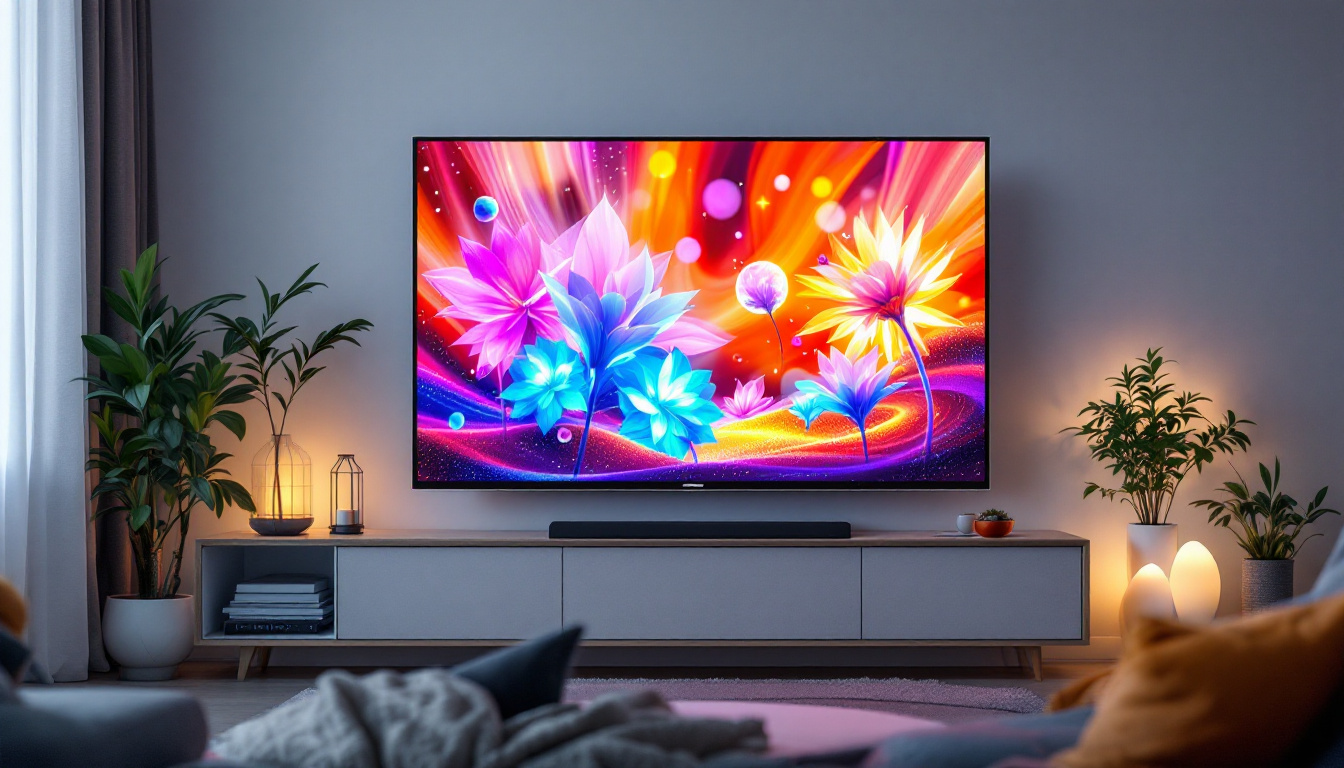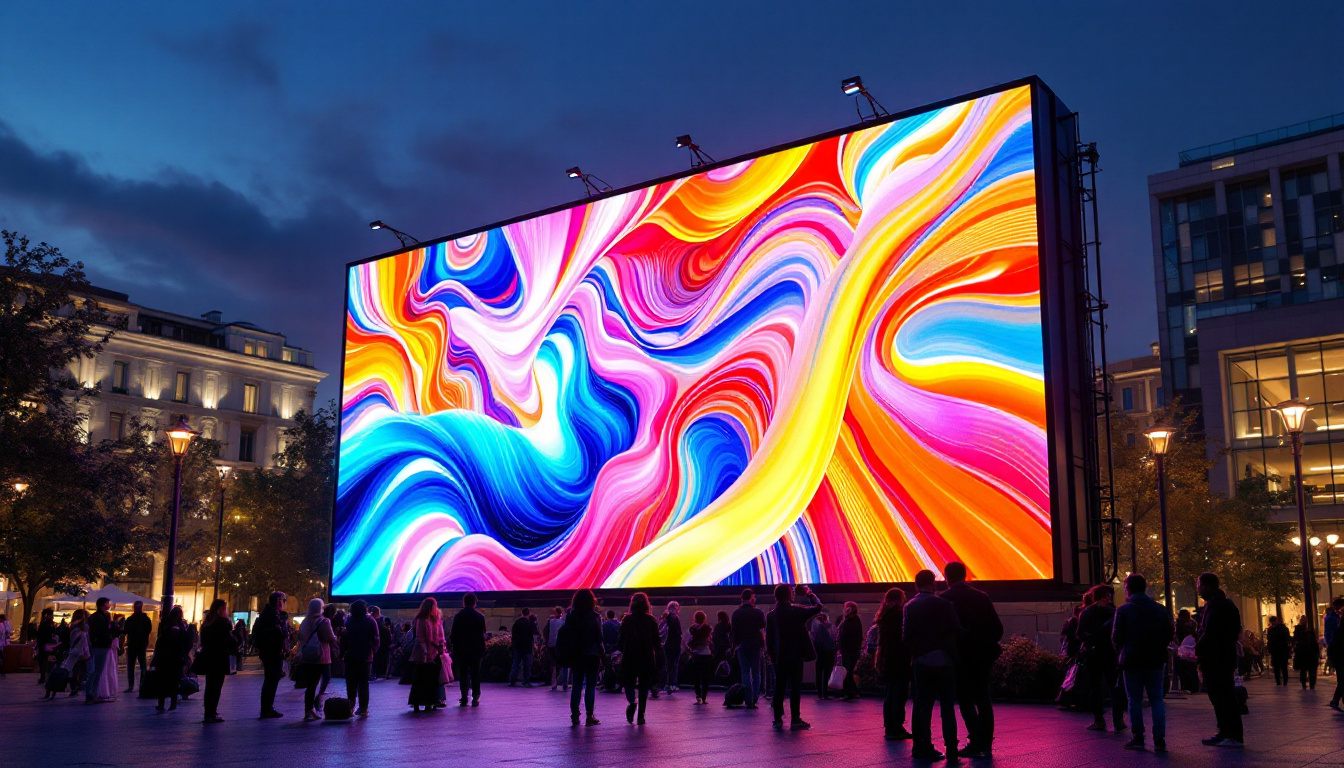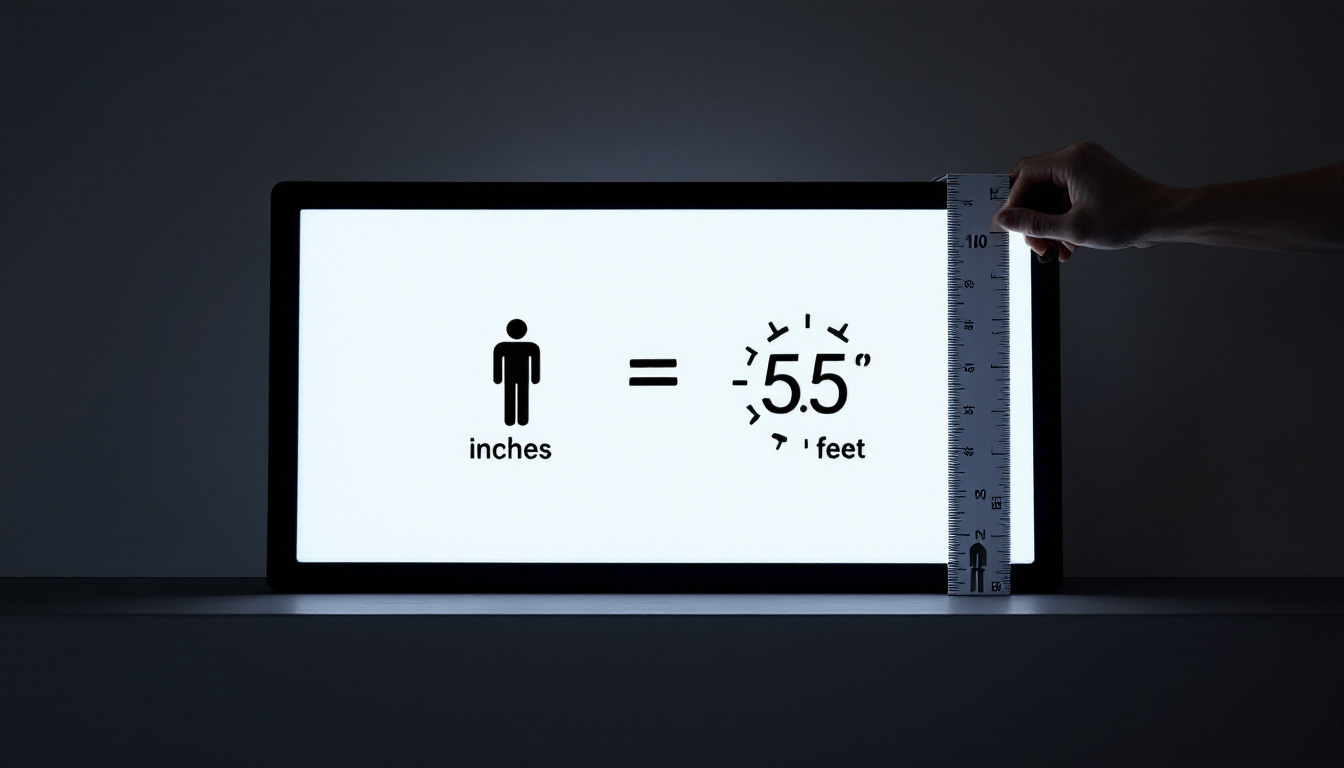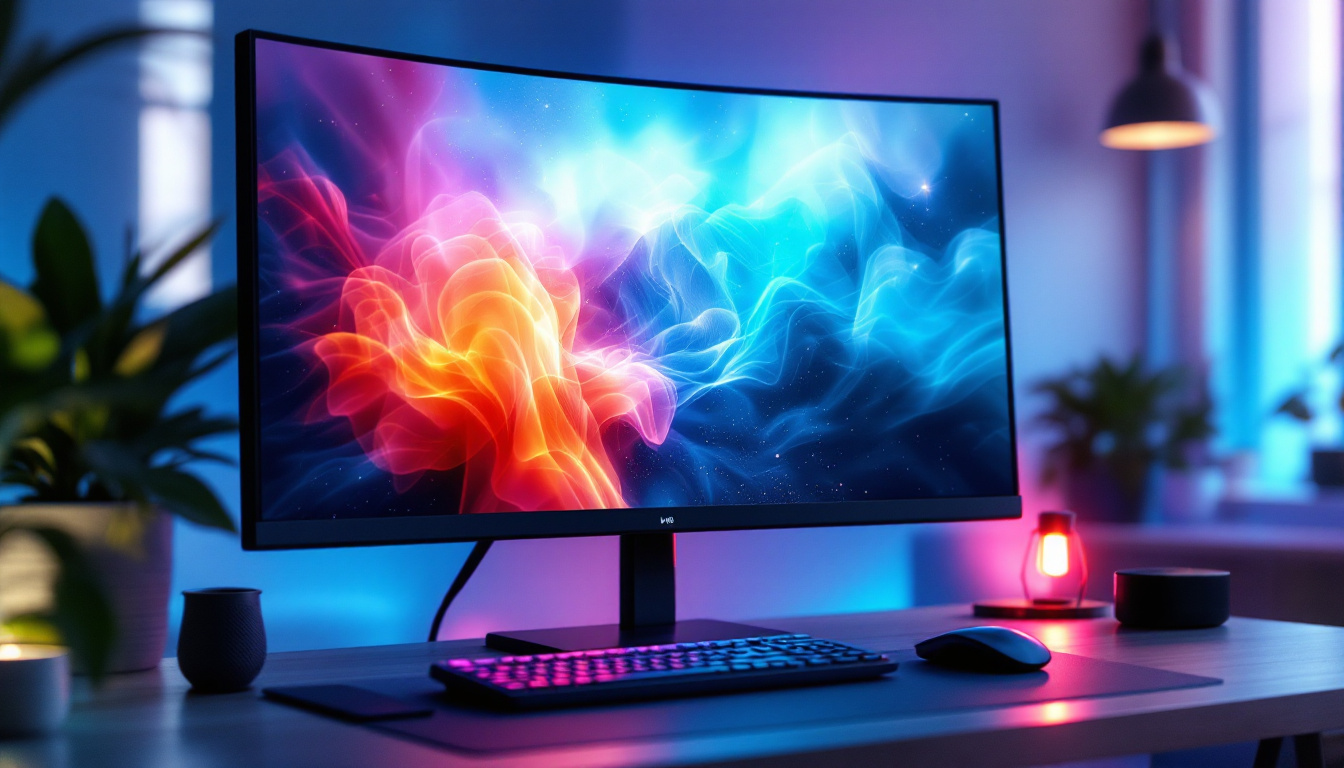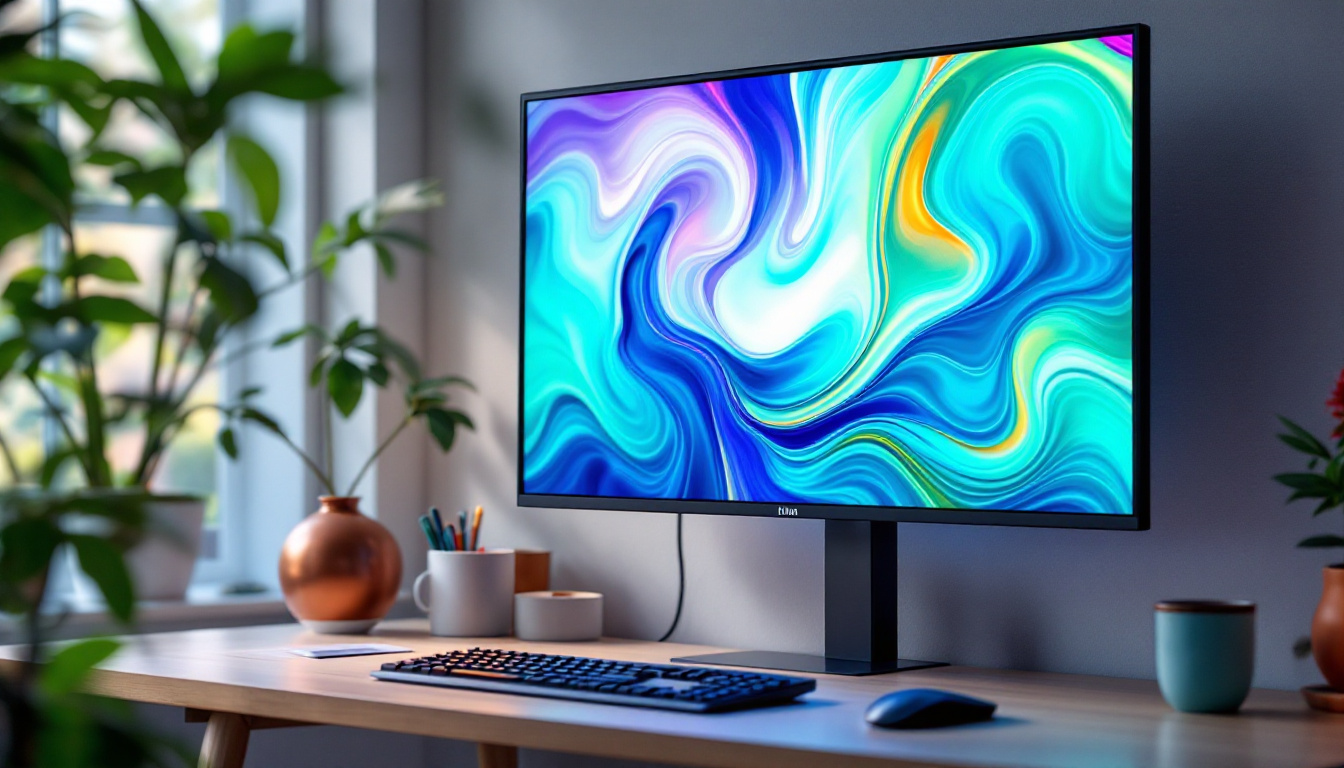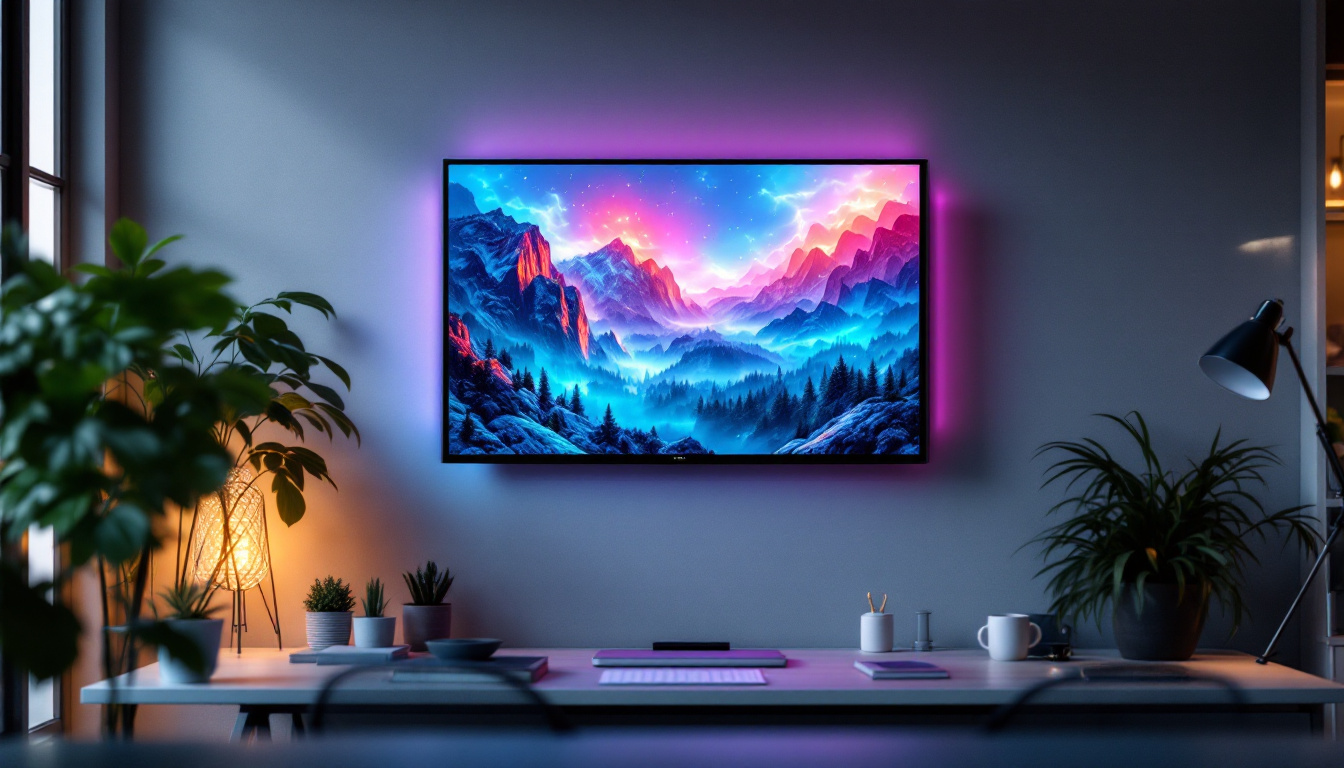Touch Screen TV: LED Display Explained
In recent years, touch screen technology has made significant strides, leading to its integration into various devices, including televisions. The combination of touch screen functionality with LED display technology offers an interactive viewing experience that enhances how users engage with content. This article delves into the intricacies of touch screen TVs, particularly focusing on LED display technology, its benefits, and how it is transforming the way we consume media.
Understanding Touch Screen Technology
Touch screen technology allows users to interact directly with what is displayed on the screen, making it a versatile option for various applications. This technology has evolved from simple resistive touch screens to advanced capacitive touch screens, which are now commonly found in smartphones, tablets, and, more recently, TVs. The evolution of touch screens has not only changed how we interact with devices but has also influenced the design and functionality of software applications, leading to more intuitive user interfaces that cater to touch-based interactions.
Types of Touch Screen Technology
There are primarily two types of touch screen technologies: resistive and capacitive. Resistive touch screens consist of two flexible layers separated by a small gap. When pressure is applied, the layers touch, registering the input. This type is generally less expensive and can be used with any object, including a finger or stylus. However, resistive screens often struggle with clarity and responsiveness compared to their capacitive counterparts, which can impact the overall user experience.
In contrast, capacitive touch screens utilize the electrical properties of the human body. These screens are more sensitive and can detect multiple touches simultaneously, making them ideal for applications requiring multi-touch gestures. This technology is prevalent in modern touch screen TVs, offering a more responsive and intuitive user experience. Capacitive screens also tend to have better durability and clarity, as they do not require pressure to register input, allowing for a thinner design that enhances visual quality.
Benefits of Touch Screen TVs
Touch screen TVs bring several advantages to the table. Firstly, they enhance interactivity, allowing users to navigate menus, select content, and control playback with simple gestures. This can make the viewing experience more engaging, especially for educational or gaming content. The tactile nature of touch screens encourages users to explore features and content in a more hands-on manner, often leading to increased satisfaction and retention of information.
Additionally, touch screen TVs can serve as multifunctional devices. They can be used for video conferencing, presentations, and interactive gaming, making them suitable for both personal and professional environments. This versatility adds value to the investment, as users can enjoy a range of functionalities beyond traditional TV viewing. Furthermore, the integration of smart technology allows touch screen TVs to connect seamlessly with other smart devices in the home, enabling users to control lighting, security systems, and even appliances directly from their screens, creating a truly interconnected living space.
LED Display Technology Explained
LED, or Light Emitting Diode, display technology has revolutionized the television industry. Unlike traditional LCDs that use fluorescent backlighting, LED displays utilize numerous tiny LEDs to illuminate the screen. This results in brighter images, improved contrast, and more vibrant colors.
How LED Displays Work
LED displays function by using a matrix of LEDs arranged in a grid. Each pixel is made up of red, green, and blue (RGB) sub-pixels. By adjusting the intensity of each sub-pixel, the display can produce a wide range of colors. This precision allows for deeper blacks and brighter whites, enhancing the overall picture quality.
There are two main types of LED displays: edge-lit and full-array. Edge-lit displays have LEDs placed along the edges of the screen, while full-array displays have a grid of LEDs behind the entire screen. Full-array displays typically provide better contrast and uniformity, making them the preferred choice for high-end televisions.
Comparing LED to Other Display Technologies
When comparing LED displays to other technologies, such as OLED and QLED, it’s essential to consider factors like picture quality, brightness, and price. OLED (Organic Light Emitting Diode) displays offer superior contrast and color accuracy, as each pixel emits its light. However, they tend to be more expensive and can suffer from burn-in issues.
QLED (Quantum Dot LED) displays, on the other hand, utilize quantum dot technology to enhance color reproduction and brightness. While QLEDs can achieve impressive brightness levels, they may not match the deep blacks of OLEDs. LED displays, while not as advanced as these technologies, offer a balance of performance and affordability, making them a popular choice among consumers.
Integration of Touch Screen and LED Technology
The integration of touch screen technology with LED displays represents a significant advancement in television design. This combination not only enhances the user experience but also opens up new possibilities for content interaction.
Interactive Features of Touch Screen TVs
Touch screen TVs equipped with LED displays enable a range of interactive features. For instance, users can swipe through channels, zoom in on images, or even draw directly on the screen. This level of interaction is particularly beneficial for educational content, where users can engage with material in a hands-on manner.
Moreover, touch screen functionality can facilitate social interactions. Viewers can easily share content with friends and family or collaborate on projects through shared screens. This interactivity transforms the traditional passive viewing experience into an engaging social activity.
Applications in Various Fields
Touch screen LED TVs have found applications across numerous fields, including education, healthcare, and business. In educational settings, these TVs can be used for interactive lessons, allowing students to participate actively in their learning process. Teachers can display multimedia content and encourage students to engage directly with the material.
In healthcare, touch screen TVs can be utilized for patient education, allowing healthcare providers to explain complex information in an accessible manner. Patients can interact with visual aids, making it easier to understand their conditions and treatment options.
In business environments, touch screen TVs can enhance presentations and meetings. The ability to interact with data and visuals in real-time fosters collaboration and can lead to more productive discussions.
Choosing the Right Touch Screen TV
With the growing popularity of touch screen TVs, consumers are faced with a plethora of options. Selecting the right model involves considering several factors, including screen size, resolution, and additional features.
Screen Size and Resolution
When choosing a touch screen TV, screen size is one of the most critical factors. The ideal size depends on the viewing distance and the room’s layout. Larger screens can provide a more immersive experience, but they may not be suitable for smaller spaces.
Resolution is another essential consideration. Full HD (1080p) is standard, but many newer models offer 4K resolution, providing even sharper images. For those looking for the best picture quality, 4K touch screen TVs are worth considering, as they allow for more detailed visuals, especially on larger screens.
Additional Features to Consider
Beyond screen size and resolution, potential buyers should evaluate additional features. Smart TV capabilities allow for streaming services, web browsing, and app installations, enhancing the TV’s functionality. Voice control and compatibility with smart home devices can also add convenience to the user experience.
Furthermore, connectivity options such as HDMI, USB ports, and wireless capabilities are crucial for integrating the TV with other devices. A well-connected touch screen TV can serve as the central hub for entertainment systems, gaming consoles, and other media devices.
Future Trends in Touch Screen TV Technology
The future of touch screen TV technology is promising, with ongoing advancements poised to enhance user experiences further. As technology continues to evolve, several trends are emerging that could shape the next generation of touch screen TVs.
Advancements in Display Technology
Future touch screen TVs are likely to incorporate even more advanced display technologies. Innovations such as MicroLED and improved OLED technologies may offer better color accuracy, contrast, and energy efficiency. These advancements could lead to thinner, lighter, and more versatile TVs that seamlessly blend into home environments.
Additionally, the integration of augmented reality (AR) and virtual reality (VR) features could redefine how users interact with content. Imagine a touch screen TV that allows users to overlay digital information onto the real world, creating an immersive viewing experience that goes beyond traditional media consumption.
Enhanced Interactivity and AI Integration
As artificial intelligence (AI) continues to develop, touch screen TVs may become more intuitive and responsive. AI-driven features could include personalized content recommendations based on viewing habits, voice recognition for hands-free control, and even gesture-based navigation.
Moreover, enhanced interactivity could lead to more engaging content formats. Interactive storytelling, where viewers can influence plot outcomes or explore different narratives, may become a reality, transforming how stories are told and experienced.
Conclusion
Touch screen TVs with LED display technology represent a significant evolution in home entertainment. By combining interactivity with high-quality visuals, these devices offer a unique viewing experience that caters to modern consumer demands. As technology continues to advance, the potential for touch screen TVs is vast, promising even more innovative features and applications in the future.
Ultimately, whether for educational purposes, business applications, or personal entertainment, touch screen TVs are poised to become a staple in households and institutions alike. Understanding the technology behind these devices can help consumers make informed decisions, ensuring they choose the right model to meet their needs.
Discover LumenMatrix’s Innovative LED Displays
Ready to elevate your viewing experience with the latest in touch screen TV technology? Look no further than LumenMatrix, a pioneer in LED display solutions. From captivating Indoor and Outdoor LED Wall Displays to dynamic Vehicle and Sports Displays, LumenMatrix offers a wide array of options to transform your visual communication. Whether you’re looking to engage audiences with a Custom LED Display or streamline your message with an All-in-One LED Display, our mission is to provide you with unparalleled clarity and impact. Check out LumenMatrix LED Display Solutions today and step into the future of interactive entertainment and digital signage.

